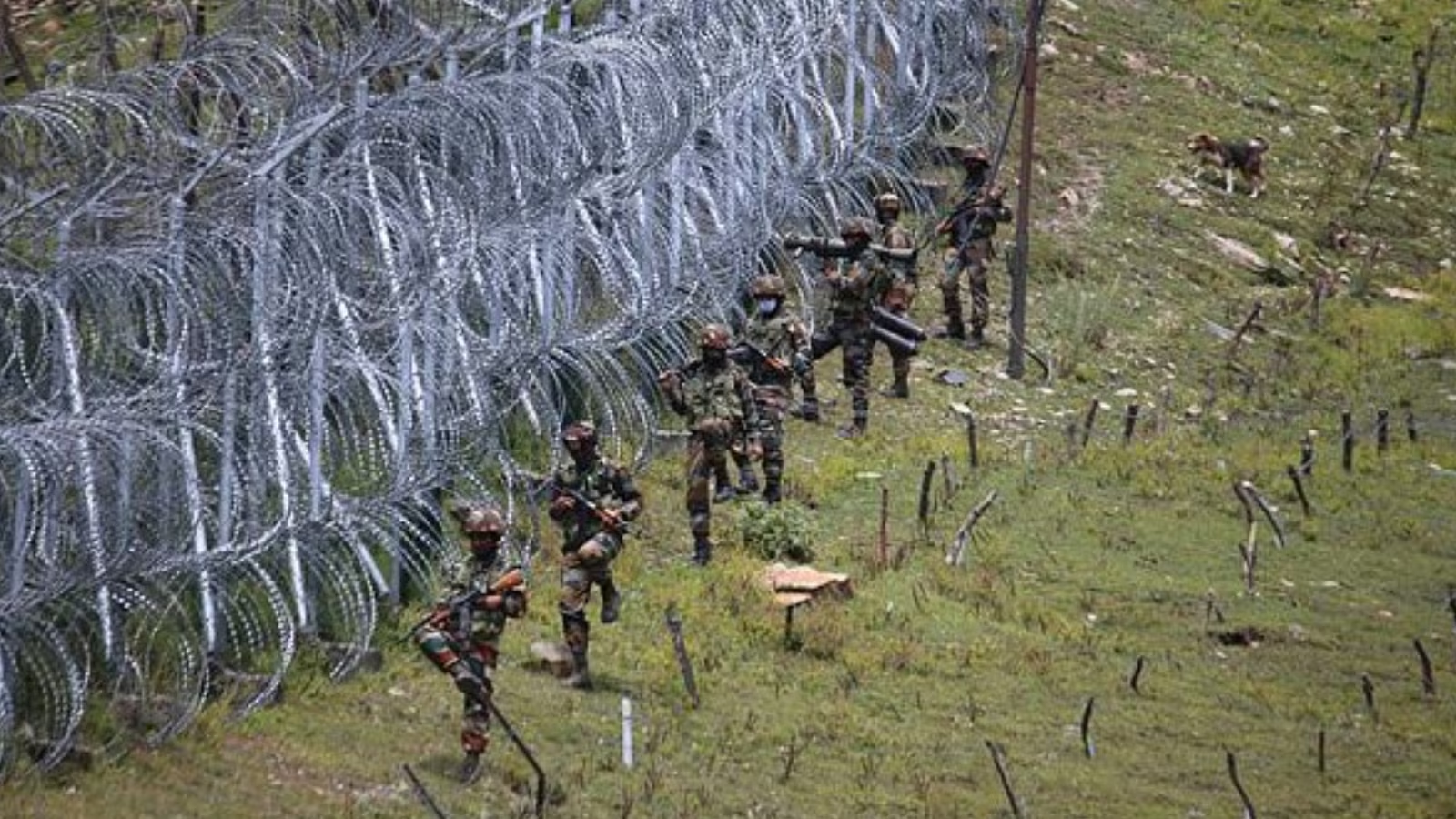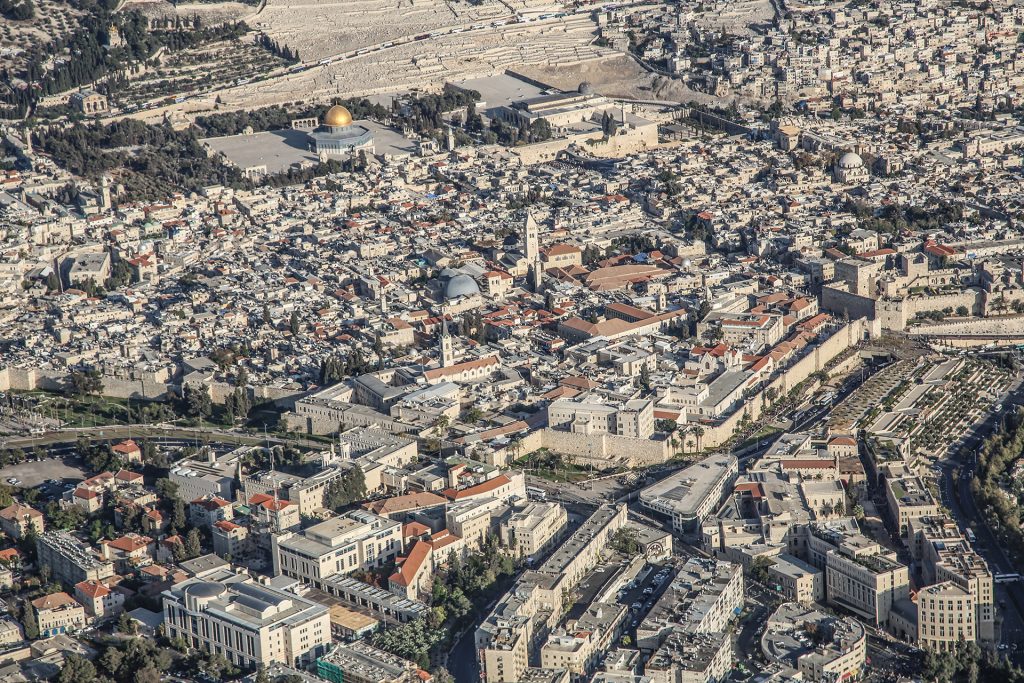International Precedents of Unilateral Demarcation
When negotiations fail, states turn to physical clarity. The Metatron Project is not a unique exception, but a reasoned step within a series of historically recognized solutions.
Introduction
Establishing a border is typically the result of mutual agreement. But when negotiations are impossible or deliberately blocked by one side, states are forced to adopt unilateral measures to safeguard their interests and protect their citizens. In such cases, the border ceases to be a political compromise and becomes a tool of stabilization.
The Metatron Project, which proposes a high-tech fortified wall and a secure underground transit corridor, follows this very logic. However, it is not an isolated case. Throughout history, there have been numerous examples in which unilateral demarcation became a de facto recognized and stable solution. What follows is an overview of key international precedents that help contextualize Israel’s approach and demonstrate why Metatron is morally, legally, and strategically justified.
Panmunjom: Korea in a Frozen State

The Demilitarized Zone (DMZ) between North and South Korea is one of the most recognized examples of enforced separation. Established following the 1953 armistice, this line is not a legally defined state border but operates as a de facto security boundary.
- Established without a peace treaty, only by an armistice agreement
- Monitored and enforced by United Nations forces
- A space of maximum tension, but minimal conflict movement
- Contact passages (such as Panmunjom) are tightly controlled
Lesson for Israel:
Demarcation, even in the absence of a final agreement, can remain stable for decades, provided it is backed by determination and institutional durability.
Cyprus: The Green Line and a Frozen Conflict

Following Turkey’s 1974 military intervention, Cyprus was divided into two zones. Between them lies the so-called Green Line — a buffer zone monitored by UN peacekeepers (UNFICYP). Although Northern Cyprus is not internationally recognized (except by Turkey), the division functions de facto.
- Demarcation was unilateral, but internationally observed
- A system of crossings, humanitarian corridors, and border control is in place
- Despite its unrecognized status, Northern Cyprus maintains internal governance and border administration
Lesson for Israel:
International isolation does not prevent stable demarcation. Neutral buffer zones can serve a functional role without formal conflict resolution.
The Line of Control in Kashmir: Demarcation Without Recognition

India and Pakistan are separated in the Kashmir region by the Line of Control (LoC), which the UN recognizes as a temporary demarcation. Despite recurring conflicts, the LoC is treated by both parties as a de facto operational boundary.
- Border control persists under conditions of unresolved conflict
- Infrastructure includes fences, minefields, and motion sensors
- There is a bilateral system for alerts and ceasefire verification
Lesson for Israel:
Even where sovereignty is contested and no formal agreement exists, sides can manage boundaries and reduce escalation through practical arrangements.
Northern Ireland: A Virtual Border Achieved Through Compromise

Under the 1998 Good Friday Agreement, the physical border between Northern Ireland and the Republic of Ireland effectively disappeared. This was only possible due to a political compromise, symmetry of rights, and mutual recognition of identity.
- No physical barriers exist, but institutional boundaries remain
- The border issue resurfaced after Brexit, raising concerns over renewed control
- This model only functions when both sides agree to maintain openness
Lesson for Israel:
This is the opposite model – one that succeeds only under conditions of trust and is vulnerable when that trust fades.
The Vatican and Jerusalem: International Zones of Neutrality

The Vatican is a recognized sovereign state within Rome, with full autonomy and a unique governance structure. The Old City of Jerusalem has historically been proposed as a potential international zone, notably under the 1947 UN Partition Plan.
- The Vatican operates as an extraterritorial zone with symbolic sovereignty
- The idea of Jerusalem’s international status remains supported by several states and religious bodies
- Israel may propose a modernized version of this model, for example, for the Temple Mount or the area surrounding the Western Wall
Lesson for Israel:
International statuses can serve as effective instruments for the neutralization of flashpoints, especially in zones of high religious sensitivity.
Conclusion: The Right to Act Unilaterally
The Metatron Project offers a strategic, legal, and engineering-based form of demarcation, designed not as a wall of isolation but as a temporary yet resilient structure of order in a space of instability.
Unilateral actions are often criticized, but history demonstrates that when one side refuses to compromise, unilateralism becomes not an act of aggression but a form of restraint and responsible governance.
Israel is not isolating itself. Rather, it is establishing a framework to manage reality, while hoping that beyond that framework, a genuine partner may one day emerge – one who seeks peace, not destruction.







